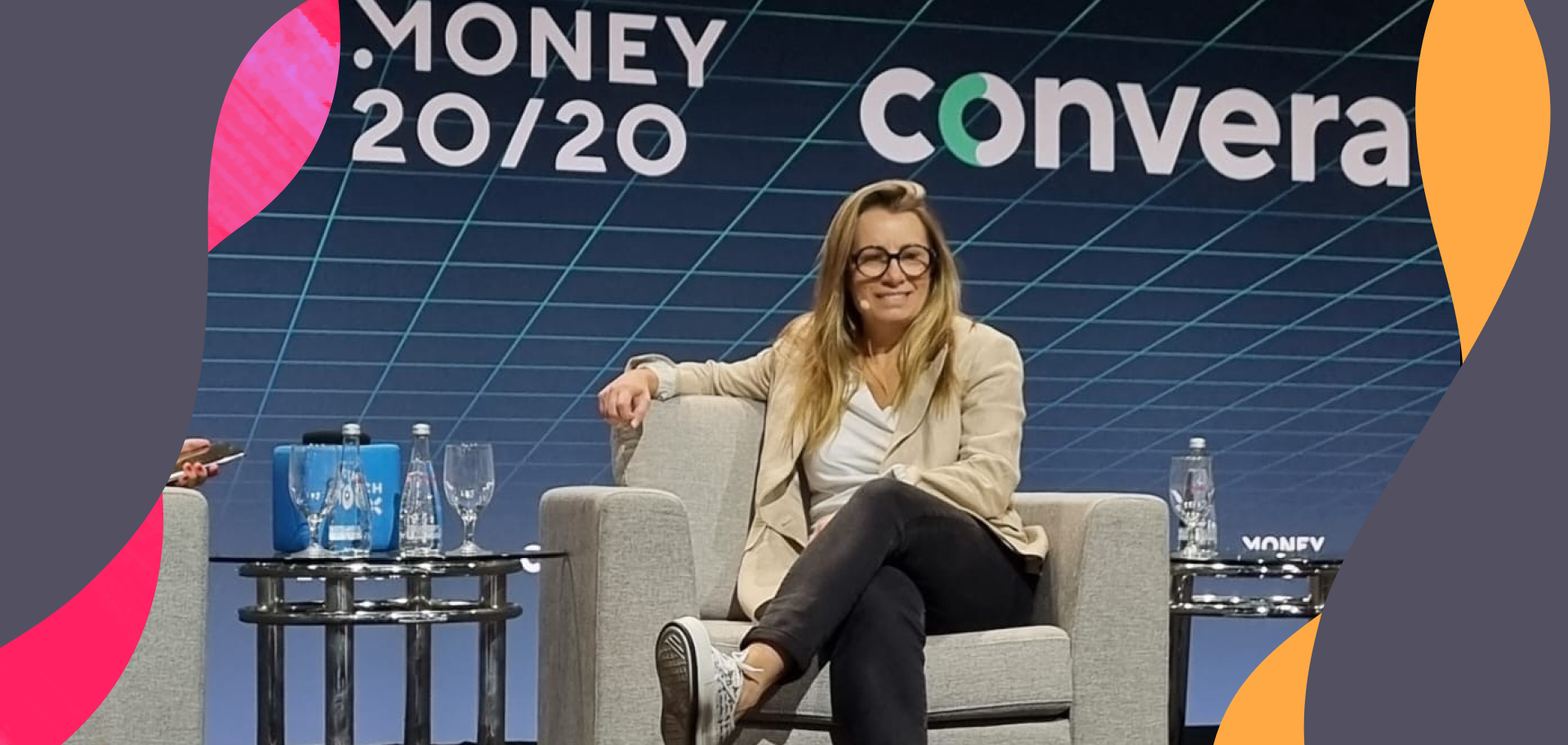What is Pix?
Pix is an instant payment system created and managed by the Central Bank of Brazil (BCB). First announced in 2019 and fully operational by 2020, it provides real-time payments and transactions.
BCB designed the scheme to promote convenience, reduce reliance on cash, and offer a range of other benefits:
- Lower financial costs
- Improved payment security
- Digitisation of retail payments
- Greater market competition
How do Pix transactions work?
Pix participants transact predominantly via mobile apps and internet banking platforms. The scanning of a predefined alias (more on that in a moment) or QR code initiates payments, which can occur between individuals, businesses, and government departments.
There is no minimum limit for payments or transfers using Pix. Users can set maximum limits per payer, day, and month.
When it comes to payment aliases, these can be a taxpayer registry code, an email address, a mobile phone number, a randomly generated unique user ID (UUID), or a QR. Businesses can also use their unique registry number, allocated by the Brazilian registry of legal entities.
Individuals can create up to five keys for each account they own. Companies have an allocation of up to 20. Each Pix alias must be connected with only one transactional account.
How secure is Pix?
Pix operates through a centralised messaging and settlement framework – Brazil’s Instant Payments System (SPI). Transactions take place through digitally signed and encrypted messages. These are secured via BCB’s Transaction Accounts Identifier Directory (DICT).
BCB says the Pix security process is based on four key dimensions:
- User authentication
- Traceability
- Safe information traffic
- Fraud mitigation
How successful is Pix?
Pix has exceeded expectations and projections.
More than 150 million individuals and 13 million businesses have used the system. By 2023, over 80% of Brazilians had interacted with Pix somehow.
In 2023 Pix reached a peak of five million monthly transactions, with an average value of $88. The system has also been a substantial success in terms of financial inclusion: 71.5 million individuals who used the system had never made an electronic credit transfer before the launch of Pix.
Pix dominates the Brazilian payments landscape. More than 700 financial institutions have adopted the system, and its payment volume is five times greater than that of debit and credit cards combined. It is already being used as an example for future real-time schemes.
What does the future look like for Pix?
BCB is planning the launch of Pix Automatico, a new function facilitating recurring charges through the Pix system, in October 2024. Automatico enables payments monthly, biweekly, bimonthly, and other intervals.
The launch promises to be significant, as over 147 million Pix users use their cards for recurring payments. Automatico also enables businesses and government agencies to access a single standardised contract within the Pix system.
A major international expansion of Pix, enabling cross-border transactions, is planned for 2025. Roberto Campos Neto, BCB president, indicated in 2023 that the system is expanding to include an as-yet-unnamed bloc of countries.
Where does Pismo come in?
Pismo supports indirect participation in Pix through a sponsoring bank: BTG Pactual. BTG is a direct Pix network participant that provides SPI connectivity. This is the BCB-operated centralised infrastructure for instant payment settlement between Brazilian service providers.
Pismo also provides a Pix Key API with endpoints for creating and managing keys both locally and with the DICT database. This includes those for interacting directly with DICT and large financial institutions.
Want more details about Pix, including transaction examples, QR code generation, and the reporting process? Take a look at our developers’ portal.










